Using Gilder Lehrman Lesson Plans for Younger Learners and Their Siblings: Colonial and Revolutionary America
Posted by Gilder Lehrman Staff on Wednesday, 04/08/2020
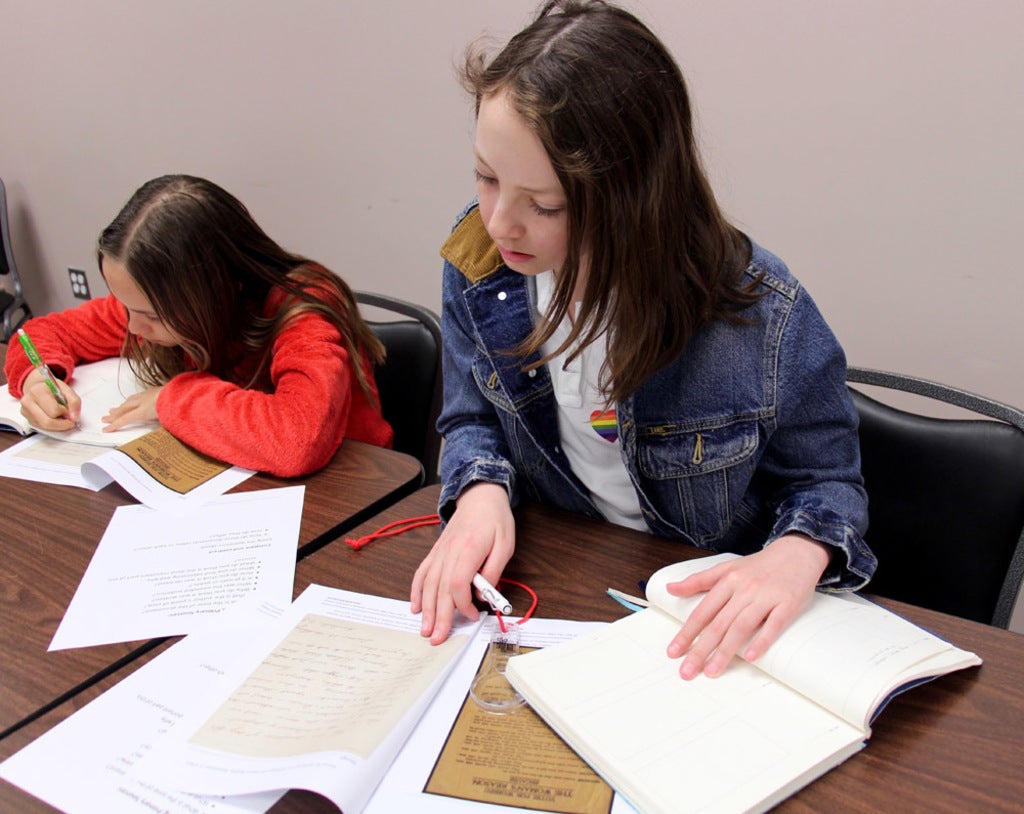 Finding educational history activities to do with children in elementary school is particularly challenging in this time of remote learning. Many schools are unable to provide a history curriculum, particularly for younger grades, as they focus on reading, writing, math, and science instead.
Finding educational history activities to do with children in elementary school is particularly challenging in this time of remote learning. Many schools are unable to provide a history curriculum, particularly for younger grades, as they focus on reading, writing, math, and science instead.
As a resource for parents who would like to include history education in home learning and for teachers looking for resources to recommend, the Gilder Lehrman Institute offers a parent/family member free subscription to our website.
In the following weeks, we will offer suggestions for specific lesson plans and other resources on the website with additional advice on how to modify lessons to teach younger learners, including those who are studying at home with their older siblings. This week, we focus on colonial America and the American Revolution.
COLONIAL AMERICA AND THE AMERICAN REVOLUTION LESSONS
For all lessons, this interactive map of colonial America is a useful reference.
Explore the following lesson plans:
Pilgrims, The Mayflower Compact, and Thanksgiving
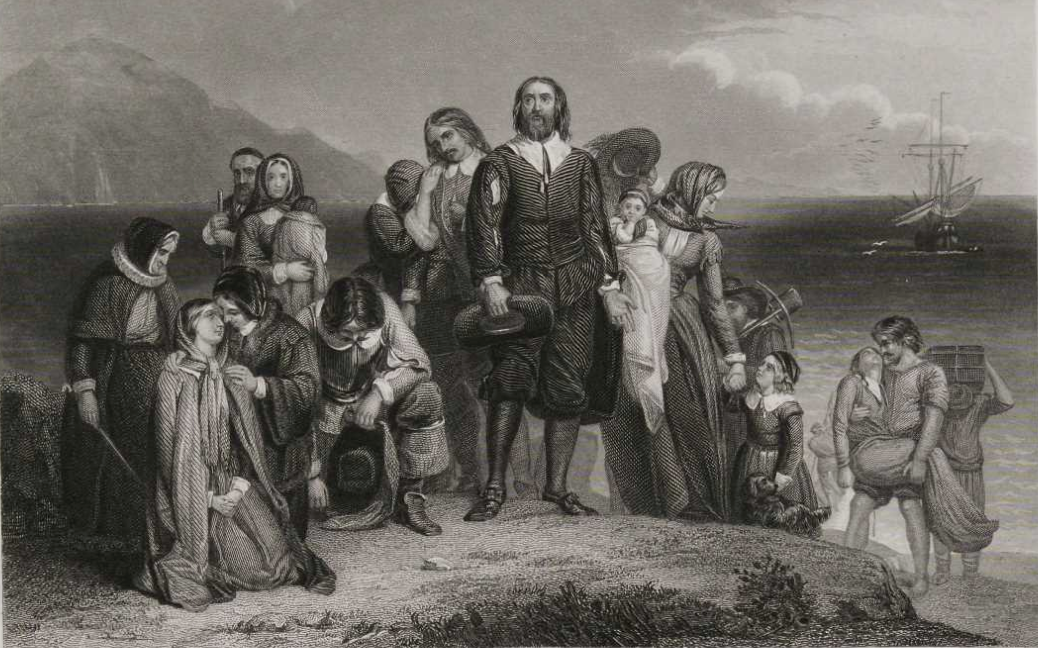 For colorful, kid-friendly worksheets, click here.
For colorful, kid-friendly worksheets, click here.
In three lessons, students analyze sources about the voyage of the Pilgrims to America aboard the Mayflower, the writing of the Mayflower Compact, and the origins of Thanksgiving.
Tips for younger learners
- Understanding why the Pilgrims left England and the story of their harrowing trip across the ocean is exciting to visualize with this lesson’s graphic organizers, which ask students to draw six pictures with captions to tell the story of the Pilgrims’ oppression in England, dangerous ocean voyage, and arrival at Plymouth Rock.
- More challenging is the Mayflower Compact, but the gist of this founding document can be summarized if the full lesson proves too complex for younger students. It helps set up Thanksgiving and the complicated relationship the Pilgrims had with American Indians, characterized by the “Letter from Edward Winslow.”
- For kids who are particularly interested in historical context, it helps to explain that Jamestown was founded in 1607 and the Pilgrims, who arrived in 1620, were aiming for Virginia when they got sidetracked by their voyage into landing at Plymouth. The interactive map will come in handy here.
A reading about a boy and a girl in colonial America in 1734 compares their lives with the lives of present-day kids using a Venn diagram.
Tips for younger learners and older siblings
- This lesson is designed for K–3 learners, but can prove engaging for siblings if they each play a part, perhaps inventing character names and acting out the activities of the colonial children.
- Especially relevant now is that the 1734 girl has to study at home if she gets any schooling at all. Where we might normally separate ourselves from colonial times, here the Venn diagram shows our remote learning and theirs share surprising similarities.
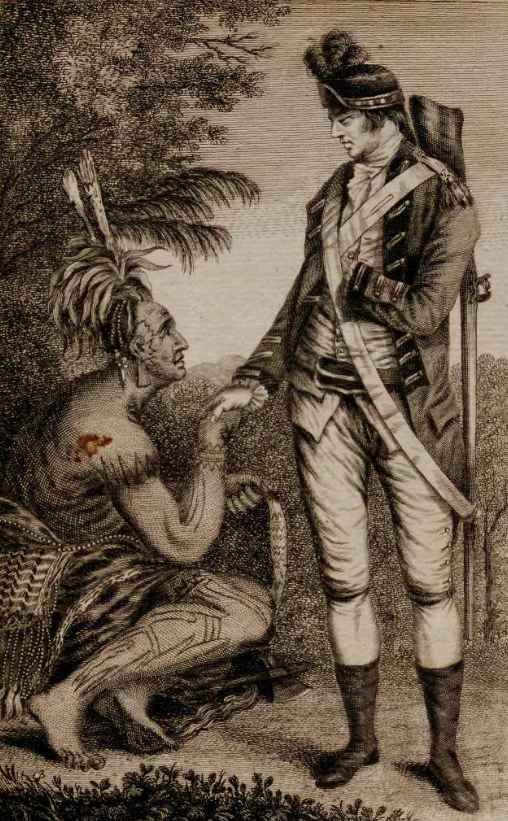 Students develop a thorough knowledge of the French and Indian War through several primary source documents, which teach specific aspects of the war and the complex nature of it in colonial and indigenous history.
Students develop a thorough knowledge of the French and Indian War through several primary source documents, which teach specific aspects of the war and the complex nature of it in colonial and indigenous history.
Tips for younger learners
- Start in Lesson 2 with the “Join, or Die” political cartoon by Benjamin Franklin for a good “hook” for younger (and older) kids. Students visually engage in figuring out what the famous broken snake and its abbreviated colony symbols mean. Older students might have seen the image before and might be surprised to learn that it is not related directly to the American Revolution, but rather it is about the first time the colonies attempted to come together as one force, against the French during the French and Indian War. Further discussion about symbolism in general can make this an artistic and literary as well as a historical lesson.
- Working back into Lesson 1 might be accomplished through recognizing that Chief Canassatego’s speech was recorded in Indian Treaties Printed by Benjamin Franklin, 1736–1762.
- Both Chief Canassatego’s speech and Chief Minavavana’s in Lesson 3 are ripe for dramatic reading, by kids who are able. Both speeches are excerpted to heighten easy but meaningful analysis in their graphic organizers.
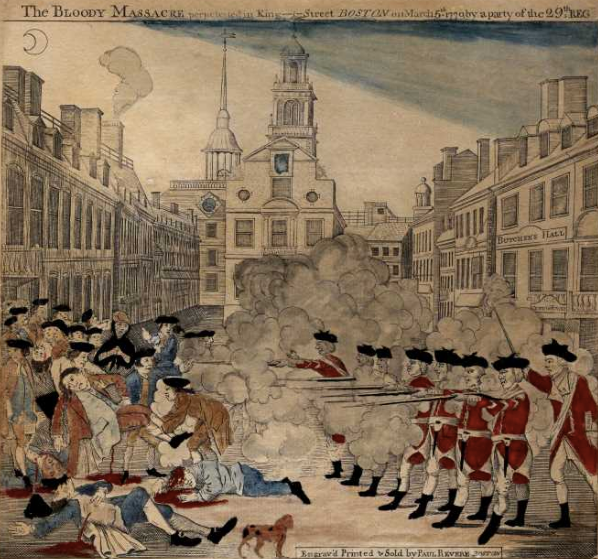 Students are asked to learn about the Boston Massacre and to analyze Paul Revere’s depiction of the event in the engraving “The Bloody Massacre in King Street.” Comparison of “The Bloody Massacre” by Paul Revere (in Lesson 1) and British Captain Preston’s account of the event (in Lesson 2) makes for interesting discussion about the telling of history (“Who lives, who dies, who tells your story”—Hamilton might note!).
Students are asked to learn about the Boston Massacre and to analyze Paul Revere’s depiction of the event in the engraving “The Bloody Massacre in King Street.” Comparison of “The Bloody Massacre” by Paul Revere (in Lesson 1) and British Captain Preston’s account of the event (in Lesson 2) makes for interesting discussion about the telling of history (“Who lives, who dies, who tells your story”—Hamilton might note!).
Tips for younger learners
- To set the scene, see Paul Revere’s “A View of Part of the Town of Boston in New-England and British Ships of War: Landing Their Troops! 1768” and incorporate this “Inside the Vault” Gilder Lehrman Institute video exploration of it.
- Any study of Paul Revere is incomplete without a recitation of Longfellow's “Paul Revere’s Ride,” available in many dramatic readings online or read aloud at home. This easily segues into discussion of Lexington and Concord and the “shot heard ’round the world.”
- Older siblings might be shocked to learn that John Adams defended the British troops tried for the Boston Massacre, which opens avenues of further exploration of that trial and the patriotic reasons Adams made the choice he did. The HBO mini-series John Adams, adapted from David McCullough’s award-winning book John Adams features a depiction of the Boston Massacre and the subsequent trial in its first episode.
The Preamble to the US Constitution, the Pledge of Allegiance, and the Declaration of Independence
Students will analyze text from three documents defining American democracy: the Preamble to the United States Constitution, the Pledge of Allegiance, and the second section of the Declaration of Independence.
Tips for young learners
- The lesson on the Declaration of Independence makes for a nice cliffhanger after studying the events leading up to it. What happens next week? Return to home school to find out!
- While the language is challenging, the selections from the Declaration and the Constitution are familiar enough to allow for parsing. Start by challenging students to recite what they know of each already given a couple words of prompting.
American Symbols: The Flag, the Statue of Liberty, and the Great Seal
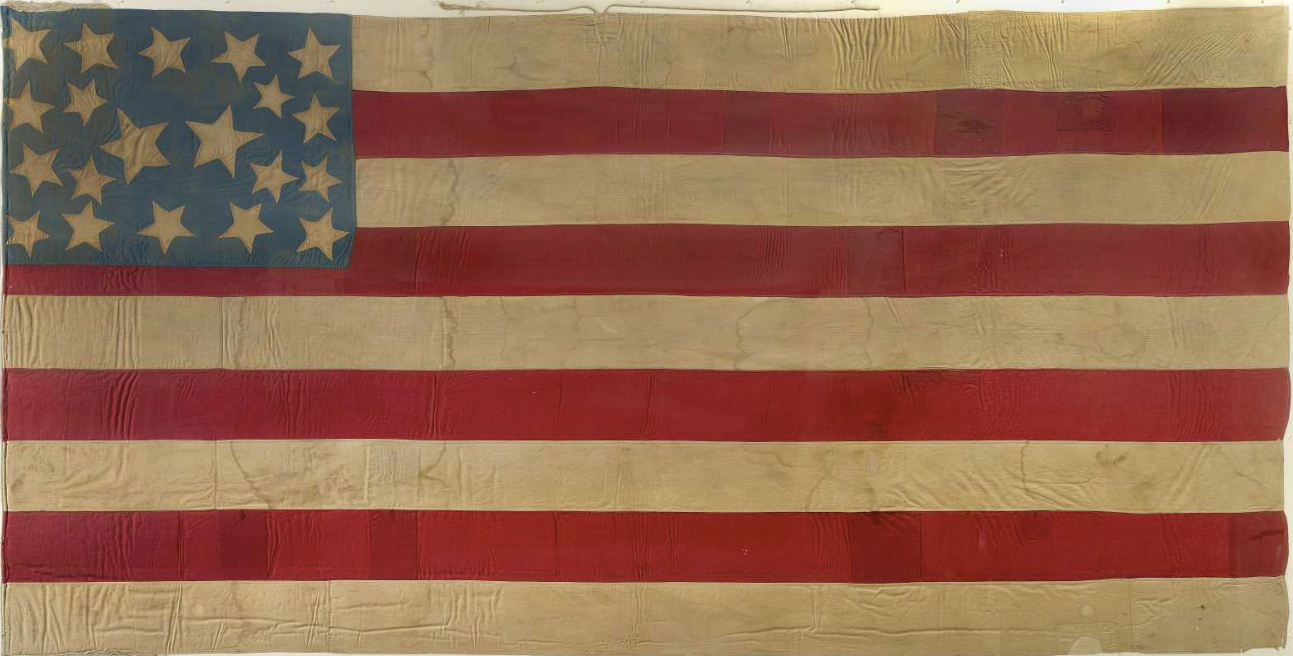 Students will understand the significance of several iconic American symbols: the Flag of the United States of America, the Statue of Liberty, and the Great Seal of the United States. The iconic symbols of America are those objects that create an understanding of America’s history, principles, and aspirations while at the same time creating a sense of unity in our culture.
Students will understand the significance of several iconic American symbols: the Flag of the United States of America, the Statue of Liberty, and the Great Seal of the United States. The iconic symbols of America are those objects that create an understanding of America’s history, principles, and aspirations while at the same time creating a sense of unity in our culture.
Tips for younger learners
- While all three visual symbol–centered lessons are engaging for students of all ages, the flag lesson might be excerpted as part of a focus on the American Revolution.
- A fun activity to try at home is to create a flag for the family or the house. Each component of the flag should symbolize something specific and important to the family. And now your family has its own flag!
Students will understand the history and significance of several of America’s most iconic songs: “The Star-Spangled Banner,” “Yankee Doodle,” “America the Beautiful,” and “America (My Country ’Tis of Thee).”
Tips for younger learners
- Three out of the four songs studied are set to English melodies with their own histories. It’s fun to guess which one features a melody written in New Jersey.
- “Yankee Doodle” has many lyrical variations and was used first by the English to mock American colonists, then by Americans to mock the English after their defeat in the Revolution. Pair the lesson with a lyric-writing activity wherein students write new verses for “Yankee Doodle” about anything, but return to the chorus between verses. Example (from a real Kindergarten student):
When I went to school one day,
I saw no one there.
That means everyone was late,
but then I saw a bear!
For a full Elementary curriculum from colonial America through Reconstruction, featuring many of the lessons here, the interactive map, worksheets, and Common Core standards defined per unit, please click here.
Remember that your free parent and family member subscription to the Gilder Lehrman Institute website includes access to our 70,000+ primary source documents, video lectures by eminent scholars, online exhibitions and much more.